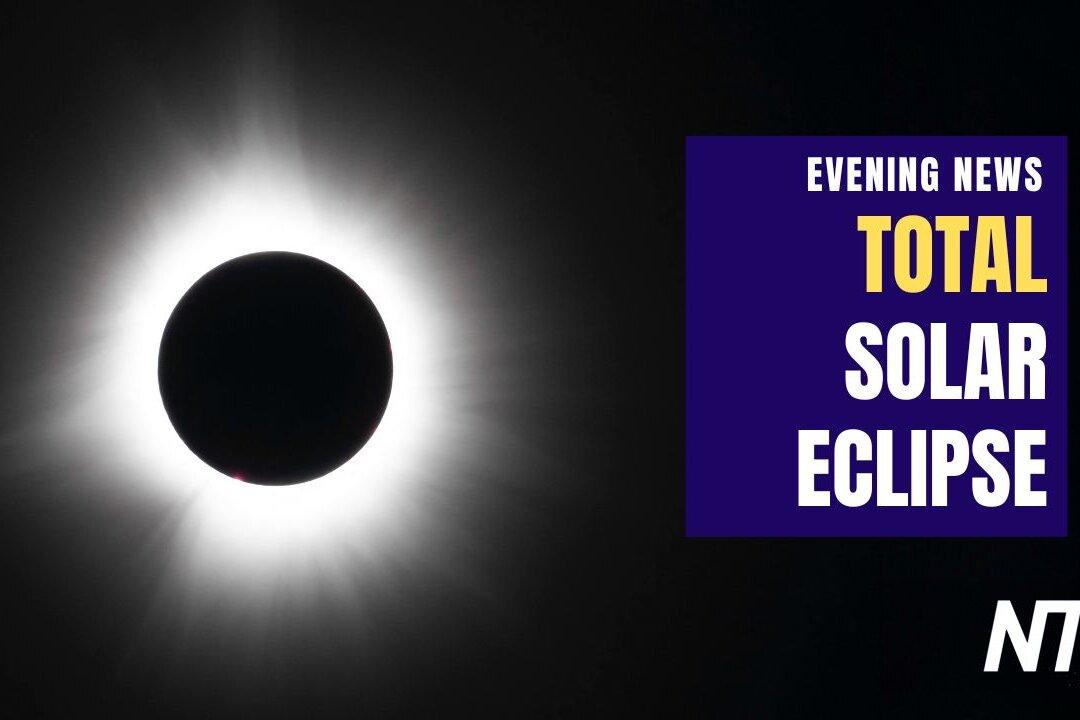A solar eclipse of the sun will occur on July 11th, but only in the Mangaia and Easter Island regions.
The eclipse will take place in the South Pacific, starting from a thousand miles north of New Zealand, and ending at sunset in Tierra del Fuego in Chile and Argentina, according to NASA. It is the second eclipse this year, following one on January 15th.
“Totality will last up to about five minutes and twenty seconds if you’re at the right spot,” said Fred Espenak, NASA Astrophysicist stated in a NASA video.
The eclipse is the first one to hit Easter Island in 1400 years. It is also one of the least visible eclipses, as the totality path does not pass over any major cities. The January eclipse had been visible to almost half of the Earth.
A solar eclipse happens when the moon projects its shadow on the earth’s surface when it is in between the Earth and the sun. A person is able to experience a total solar eclipse while standing within the moon’s shadow.
Viewing the eclipse can not only be fascinating, it can also provide scientists a “rare opportunity to view the outer atmosphere,” said Holly Gilbert, NASA Astrophysicist.
“…basically, the moon exactly blocks out the solar disc, which is a good thing for those of us who study the outer atmosphere, because in blocking out the very bright solar disc, we are then able to observe the outer atmosphere,” he explained.
Mitzi Adams, researcher at Marshall Space Flight Center, recommended that viewers should not look at the solar eclipse directly, and neither should they use telescopes or mirrors.
The next eclipse will be in two years, on November 13th, 2012.
The eclipse will take place in the South Pacific, starting from a thousand miles north of New Zealand, and ending at sunset in Tierra del Fuego in Chile and Argentina, according to NASA. It is the second eclipse this year, following one on January 15th.
“Totality will last up to about five minutes and twenty seconds if you’re at the right spot,” said Fred Espenak, NASA Astrophysicist stated in a NASA video.
The eclipse is the first one to hit Easter Island in 1400 years. It is also one of the least visible eclipses, as the totality path does not pass over any major cities. The January eclipse had been visible to almost half of the Earth.
A solar eclipse happens when the moon projects its shadow on the earth’s surface when it is in between the Earth and the sun. A person is able to experience a total solar eclipse while standing within the moon’s shadow.
Viewing the eclipse can not only be fascinating, it can also provide scientists a “rare opportunity to view the outer atmosphere,” said Holly Gilbert, NASA Astrophysicist.
“…basically, the moon exactly blocks out the solar disc, which is a good thing for those of us who study the outer atmosphere, because in blocking out the very bright solar disc, we are then able to observe the outer atmosphere,” he explained.
Mitzi Adams, researcher at Marshall Space Flight Center, recommended that viewers should not look at the solar eclipse directly, and neither should they use telescopes or mirrors.
The next eclipse will be in two years, on November 13th, 2012.




Friends Read Free